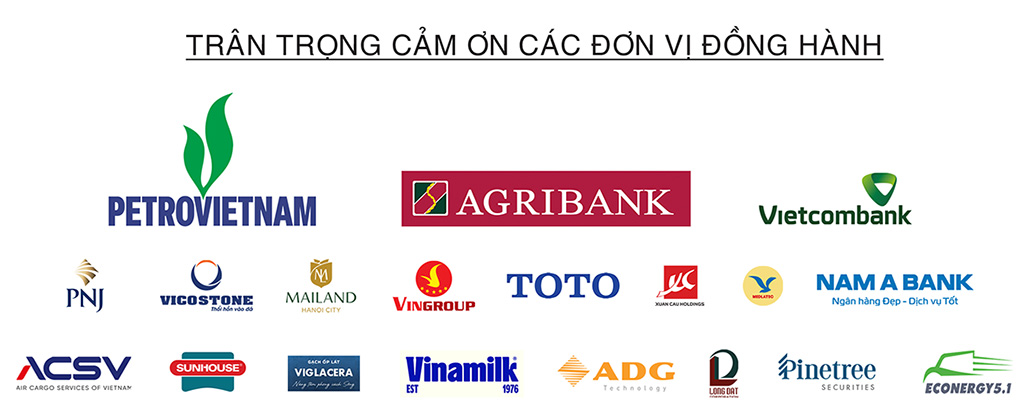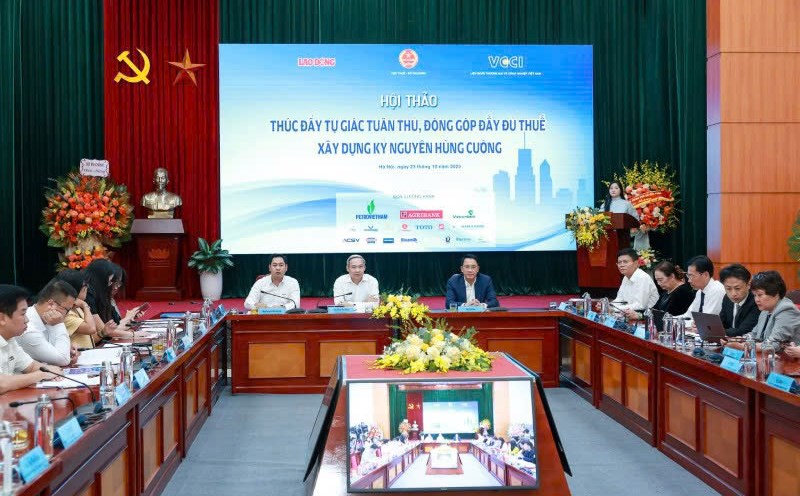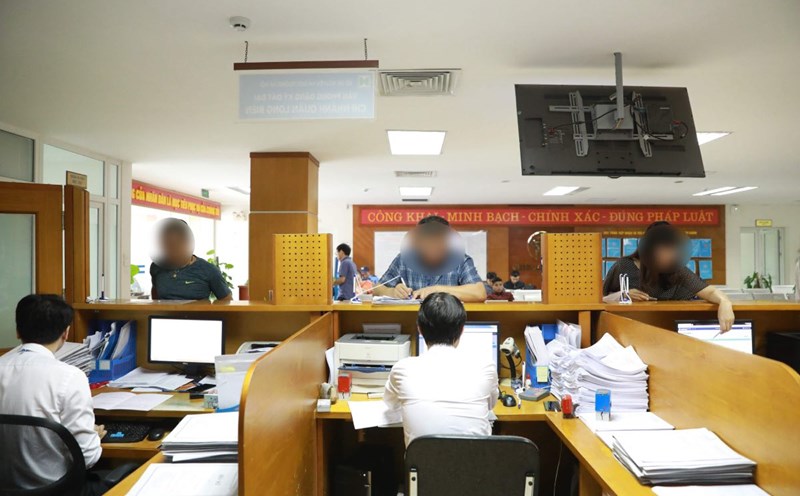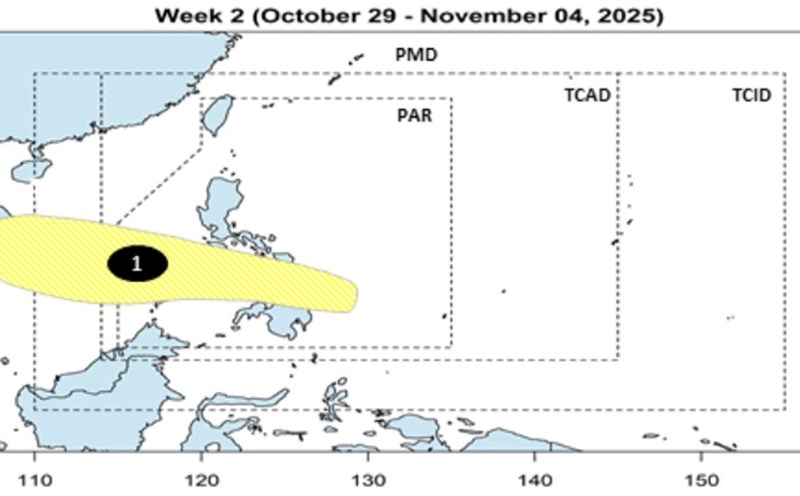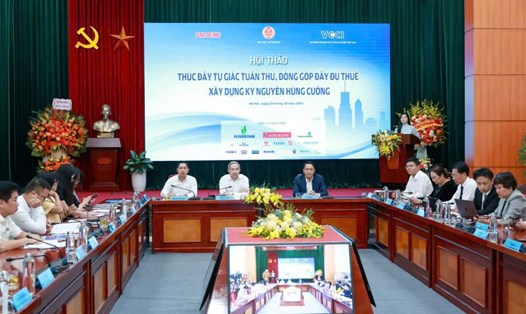1. Con context and strategic vision of Digital Transformation in the Tax sector
In the era of the Fourth Industrial Revolution, digital transformation is no longer an option but an inevitable requirement for all areas of state management. For the Tax sector, this is a strategic task, deciding on budget collection efficiency, transparency of the economy and national competitiveness.
Implementing the Tax System Reform Strategy to 2030 (Decision No. 508/QD-TTg dated April 23, 2022) and Resolution No. 57-NQ/TW dated December 22, 2024 of the Politburo on national digital transformation, the Tax sector aims to: build a modern, streamlined management system, strongly apply technology, based on data and risk management, reduce compliance costs for taxpayers.
On that basis, the Tax Department has formed a Tax sector data ecosystem, connecting with ministries, branches and localities, towards a comprehensive digital tax management system. To realize the vision to 2030, the Tax sector identifies three strategic pillars closely linked, creating a foundation for modern tax management:
- Build a large, interconnected, focused data system: Consider data as a core asset, the most important resource for making management decisions.
- Establish an inter-sectoral connection and sharing mechanism through open API: Create a synchronous digital ecosystem between state management agencies.
- Deploy the Compliance Relationship Management (CRM) system: Basically change the mindset from "management" to "service and companionship" with taxpayers.
This paper will focus on in-depth analysis of the nature, implementation roadmap and the values that these three pillars bring, thereby affirming the determination of the Tax sector in comprehensive modernization.
2. Detailed analysis of three pillars of modern tax management
2.1. First pillar: Building a large, interconnected, centralized data system
In the digital economy, data is the most valuable resource. For the Tax sector, that is all information arising from the production and business activities of taxpayers, reflecting the actual economic flow.
Currently, the Tax sector has built a multi-layered data architecture, including tax management data (registry, declaration, payment, refund, debt, electronic invoices, financial reports, etc.) and shared data from third parties such as Customs, Treasury, Statistics, Banking, Social Insurance, Agriculture - Environment, C06 of the Ministry of Public Security... The information exchange is carried out to ensure safety, confidentiality and compliance with the E-Government Architecture Framework.
An important milestone in this process is the successful implementation of 100% of Electronic Invoices nationwide, a turning point in the transition from disjointed document management to real-time transaction data flow management. From this huge data warehouse, the Tax sector is stepping up the analysis of big data and artificial intelligence (AI) to serve risk management, prevent fraud and optimize tax refunds.
Some typical results:
- Analyze the risk of tax refunds and invoices using AI, identify businesses with unusual behavior (fake, buying and selling fake invoices, low revenue but issuing large invoices...).
- Automatically detect suspicious transaction chains through analyzing relationships between businesses.
- Reviewing invoices and VAT declarations helps improve transparency and limit tax refund fraud.
By 2030, the Tax sector will build a Big Data Center - a platform that integrates all GDD data, declarations, financial reports, inter-sectoral data... applying AI and machine Learning to:
- Analyze the transaction chain, detect tax fraud;
- Scoring risks for each taxpayer and actively updating "risk records";
- Providing information to support decision-making for tax leaders and inspectors.
2.2 Second pillar: Establish an inter-sectoral connection and sharing mechanism through inter-sectoral API
If data is a source of energy, then API is a safe, standardized and smooth data transport pipeline system. The Tax Department is building an interdisciplinary API network to connect two-way data between state agencies, including:
- API connecting with the Ministry of Finance: Declaration Data, Financial Reporting Data, Reversal Decision Data, Exemption Decision Decision Decision, Debt enforcement Decision and data of portfolios, tax registration information, business registration of Enterprises, individuals and cooperatives.
- API connecting with the Securities Commission: Tax Registration information, enforcement decision information, financial reporting data, list of public companies, securities, fund management, list of auditing companies and auditors, list of companies violating in the field of securities and the stock market.
- API connecting with the Ministry of Agriculture and Environment: Taxpayer Information, Tax Calculation Documents.
- API connects to the Department of Statistics: Financial Reporting Data
- API connecting with the Ministry of Industry and Trade: Enterprises and individuals with high risk signs, tax registration information, website registration information providing e-commerce services of traders and organizations, Information on e-commerce website sales of traders, individuals, organizations, List of enterprises and individuals affected by e-commerce violations
- API connecting to the National Public Service Portal: List of tax refund sales locations, Detailed data for penalty collection
- API connecting with the Bank: receiving payment account number information of taxpayers from commercial banks, sending tax books.
- API connecting with Department C06 - Ministry of Public Security: Connecting information exchange between the national population database and the tax management database.
This is the foundation for forming a digital tax government, in which data is automatically moved, electronic processing processes are complete, and manual intervention is minimized.
2.3. Third pillar: Complyment Management (CRM)
The core of modern tax management is to improve the level of voluntary compliance. Therefore, along with technology, the Tax sector has strongly shifted from the mindset of "management - punishment" to "assistance - support". The Compliance Relationship Management System (CRM) is a tool currently being implemented to help manage compliance risks based on data and behavior analysis, specifically:
Firstly, the Tax Department has developed digital portals to collect real-time revenue data from major e-commerce platforms and sharing economic applications. This data is automatically compared with taxpayer declarations and different reports are provided.
Second, one of the breakthrough service innovations of the Tax Department is the implementation of the Automated Personal Income Tax System (PIT). This system takes advantage of technology to automatically verify, assess risks and approve low-risk personal income tax refunds without human intervention, reducing processing time to only 13 working days.
Thirdly, the implementation of the Electronic Invoice System nationwide helps the Tax sector have full transactions in almost real time. The Tax Department's big data analysis platform (over 16 billion invoices) operates 24/7, capable of detecting unusual points such as a sudden increase in invoice value, a chain of revolving invoices, or invoices not accompanied by corresponding goods or services. This allows fraud prevention. A specific application of this system is an automatic warning mechanism for bill abnormalities. Based on the specific industry-specific risk threshold ("K coefficient"), if a business's output invoices in a certain period significantly exceed the input invoices, the system will activate warnings via email and SMS, asking the business to review and explain. This early intervention mechanism prevents risks from escalating before serious violations occur.
Towards the future, the Tax Department will continuously innovate in compliance strategies including:
- Providing pre-filling declarations for small and micro enterprises, based on electronic invoice data, helps reduce the burden of declaration.
- Develop a separate risk profile for each new business model (content creator, technology driver...).
- Integrating AI in compliance risk forecasting and deploying the "High-risk invoice blocking application" by 2026.
- Develop a smart CRM system, allowing:
+ Scenario of taxpayers (good response - need support - high risk);
+ Apply appropriate impact measures (such as thank you, guidance, warnings, etc.);
+ transparent communication, providing timely and easy-to-understand legal information.
Through CRM, the Tax sector not only manages obligations, but also builds trust and encourages a culture of voluntary compliance.
3. Conclusion
Modernizing tax management by 2030 is a comprehensive reform, combining innovation in thinking, organizational model and technology. Three pillars Connected Data - API - CRM create a transparent and smart digital tax ecosystem, with taxpayers as the center.
To ensure success, the Tax sector will focus on synchronously implementing the following four key groups of solutions:
- Regarding the legal framework: Urgently research and propose to competent authorities to issue or amend legal documents related to the connection and sharing of data between state agencies. Special attention is paid to regulations on network safety, security, personal data protection and privacy, creating trust for the entire system.
- Regarding technology platform and infrastructure: Focus on key investment resources to build a large data center of the Tax sector, capable of processing, storing and analyzing data at high efficiency. Build an integrated platform, share data of the Tax sector to centrally manage API connections, ensuring standards, safety and expansion.
- Regarding digital human resource development: Deploy specialized training and development programs for tax officials. Not only training on technology skills but also focusing on data analysis skills, risk management and especially communication skills, support according to the orientation of the CRM system.
- Regarding cooperation and communication: Strengthen the mechanism of close cooperation with ministries, branches, business associations and technology experts. Promote communication work in a systematic and multi-channel manner so that the whole society, especially the taxpayer community, clearly understands the roadmap, benefits and responsibilities in the digital transformation of the industry.
The three pillars Data - API - CRM are the foundation for a modern digital tax management ecosystem, contributing to building a digital government - digital economy - digital society, creating motivation to promote voluntary compliance, full tax contributions and building a strong, transparent and sustainable Vietnam.
